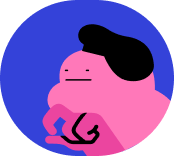Indigenous peoples of the plains
Cards (12)
- many different tribes lived on the great plains -if they were large enough, the tribe would be called a nation
- several tribes were sworn enemies, some were traditional allies
- each tribe was made up of different bands - bands could be hundreds of people or just 20-30
- to survive, it was essential that different bands within a tribe worked together - different bands would usually meet during the summer for a great tribe camp - this was for social and religious reasons as well as co-operation to ensure their survival on the plains
- the Sioux nation was made up of the Lakota, Dakota, and Nakota tribes,
- chiefs were leaders of the IP society, always men - each tribe could have many chiefs - a war chief, a spiritual chief, and a negotiation chief
- US settlers found the chief system difficult to understand - this led to problems between the IP and the US gov,
- there was no single system for choosing a chief - chiefs were valued because of their wisdom, leadership and spiritual powers - there weren't often chiefs for life
- each band had a band chief, who was chosen to guide the band into finding enough to eat and protecting the band from danger
- band chiefs and elders made up the tribe's council when the tribe came together - in some tribes, the council would declare war on another tribe or negotiate peace treaties
- everyone could give their opinion in the council and was listened to - the tribes spiritual chief would be consulted on important decisions - no decision was made until everyone agreed
- in tribes such as the Lakota Sioux, chiefs had no power to command their people - bands made their own decisions - some bands might follow one chief and others would follow a different leader
